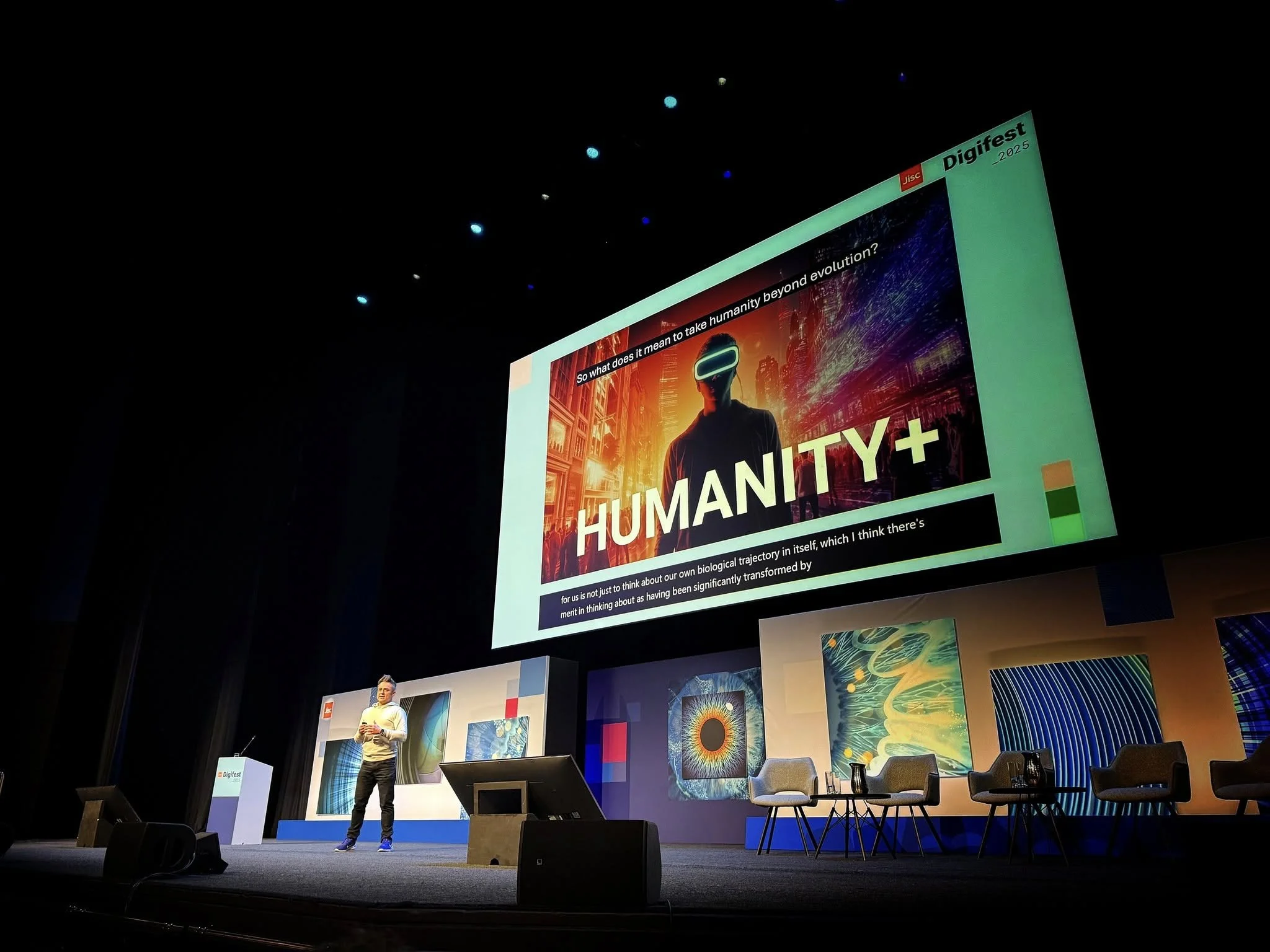
Make it stand out
What’s been happening?
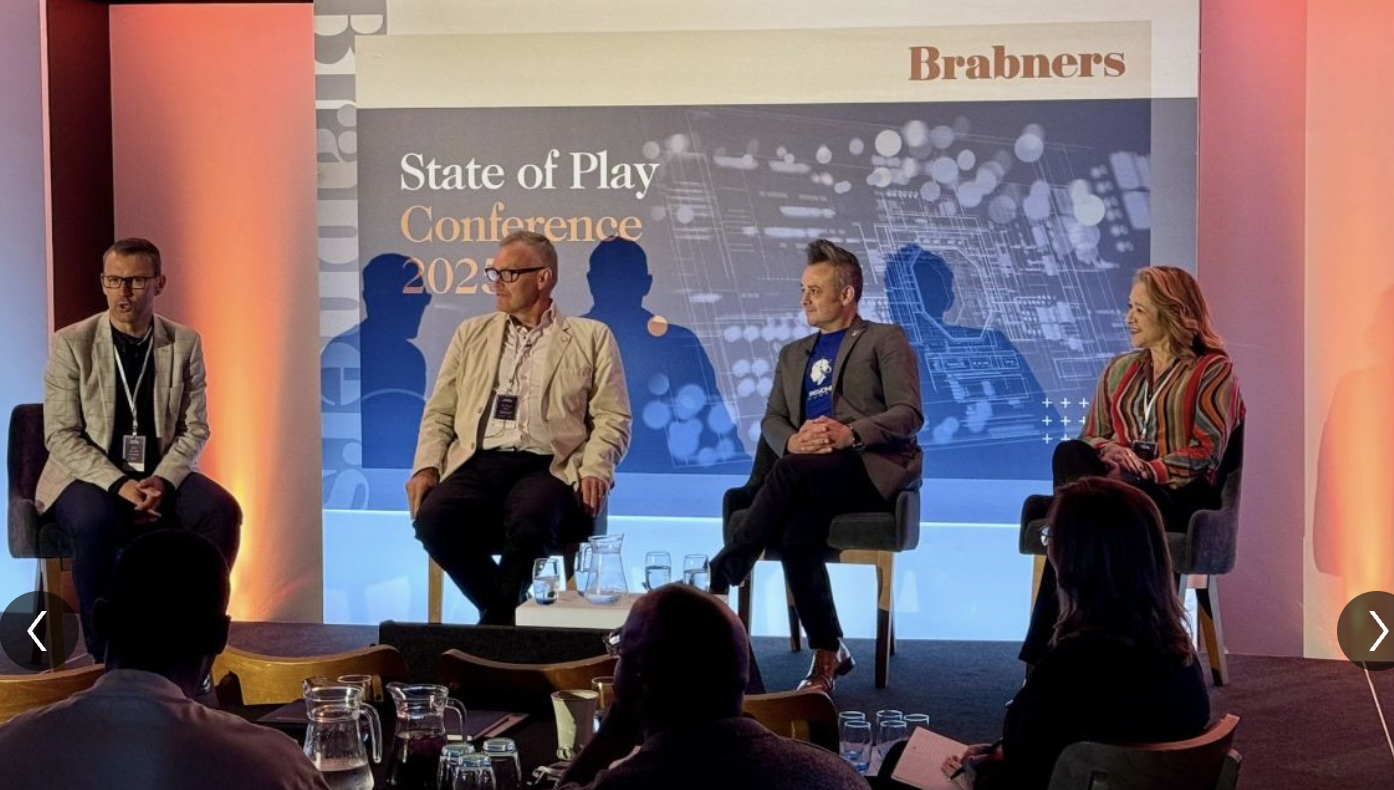
Brabners State of Play Conference
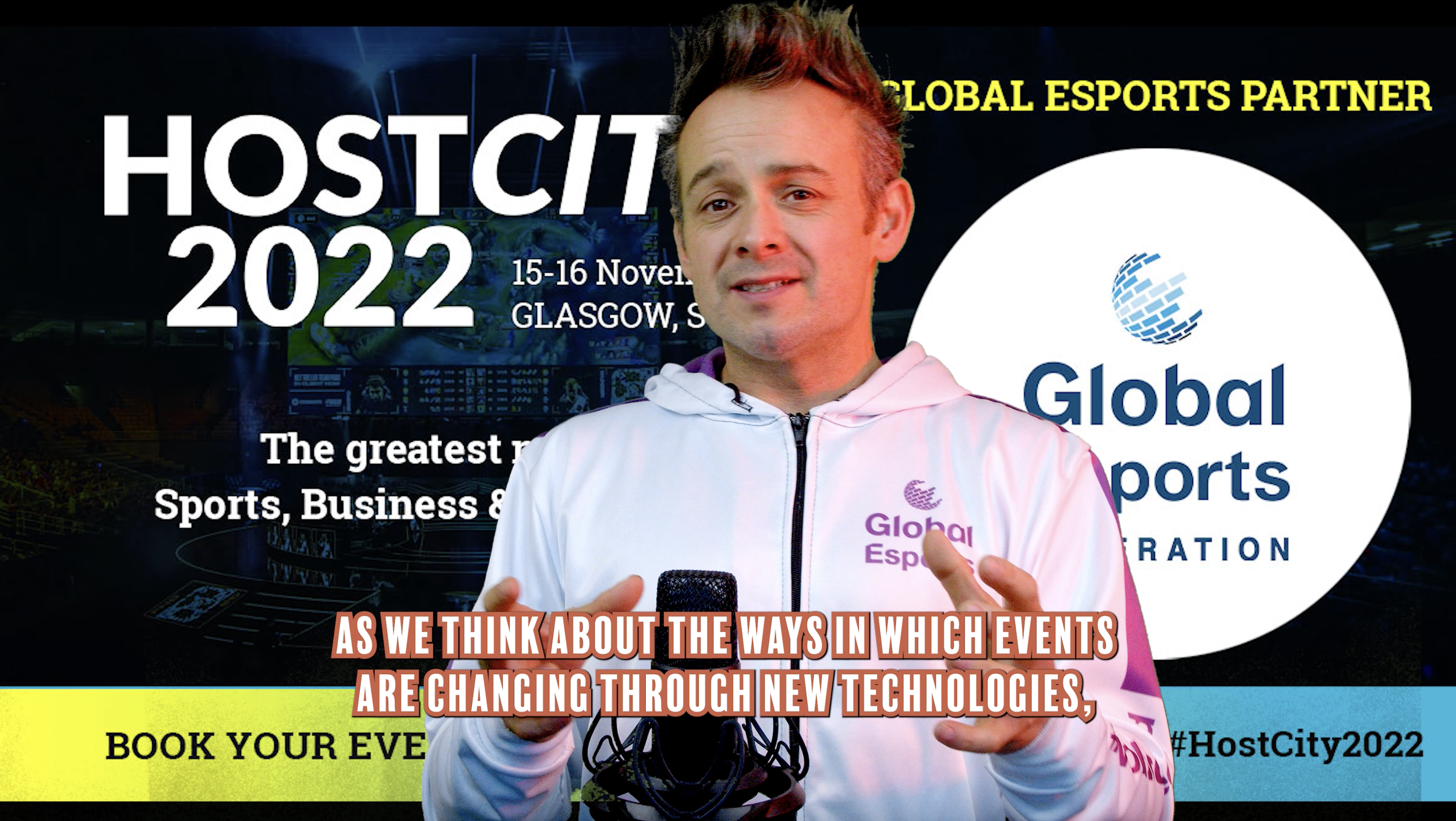
Host City 2022 Glasgow

Future of Sport
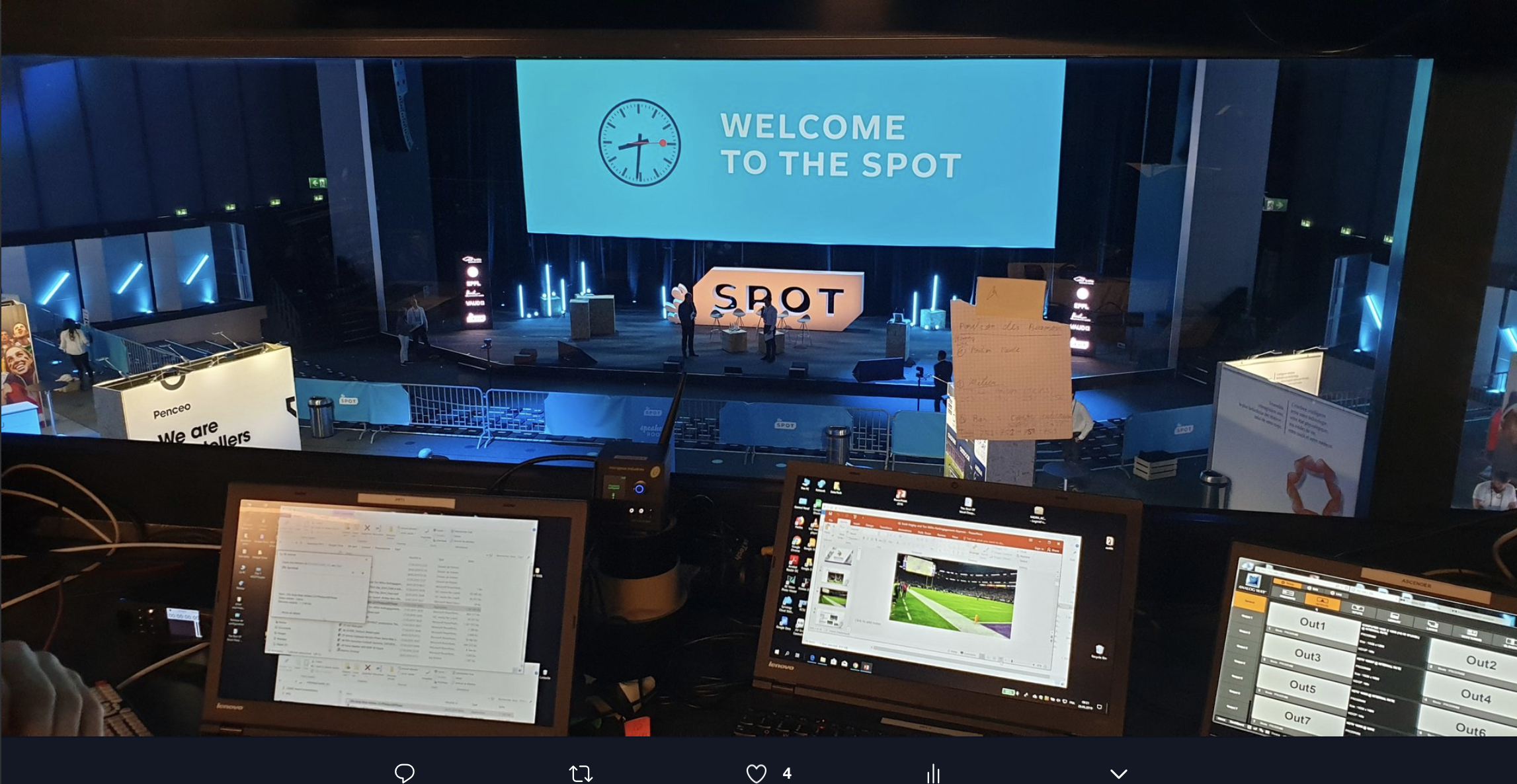
Athlete 2.0
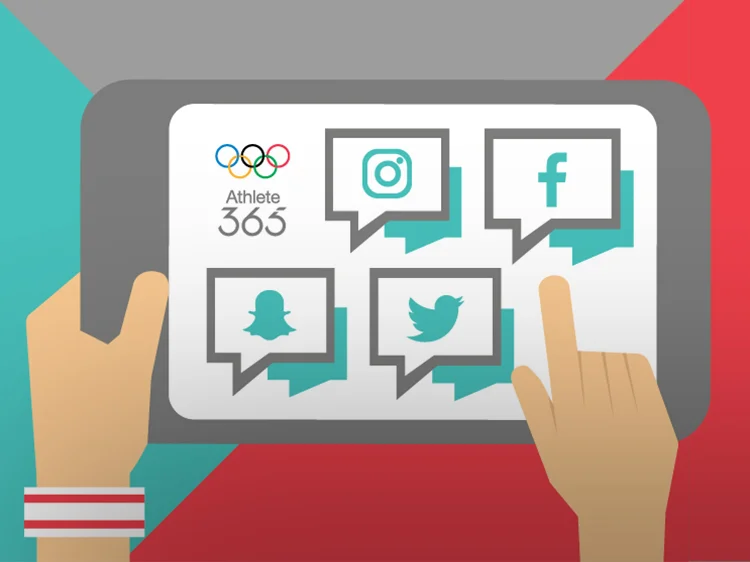
Athlete 365

The BioDigital Athlete #TNW2018
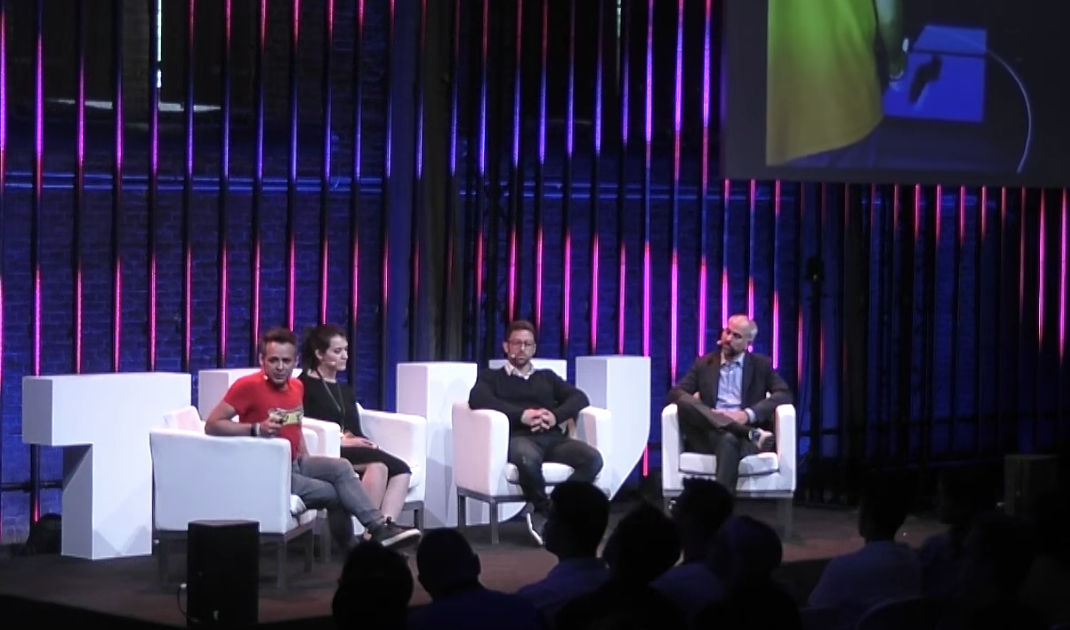
The Next Web does eSport

A fresh look at anti-doping

Sport 2.0 @ #MeCCSA2018
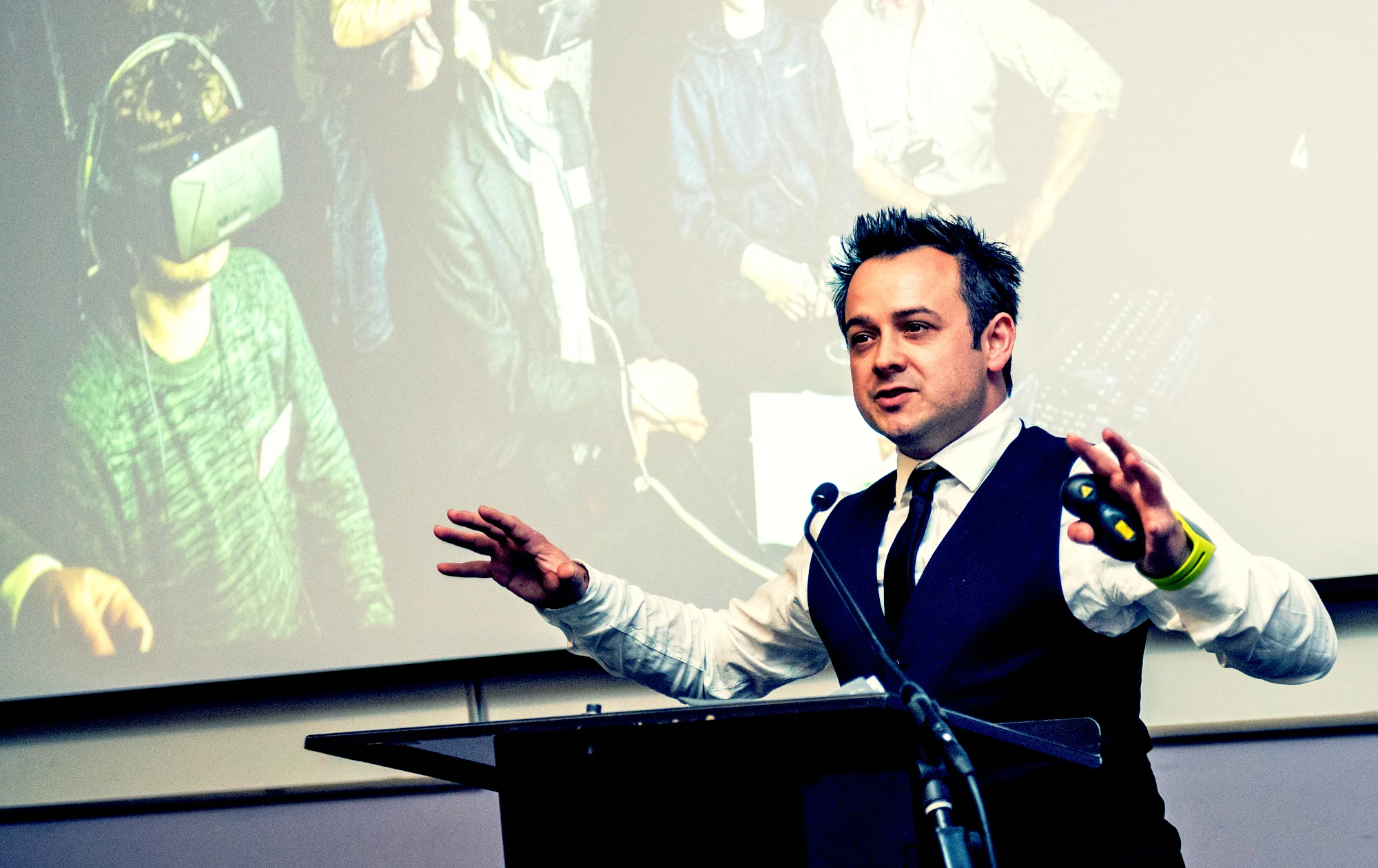
Humanity 2.0
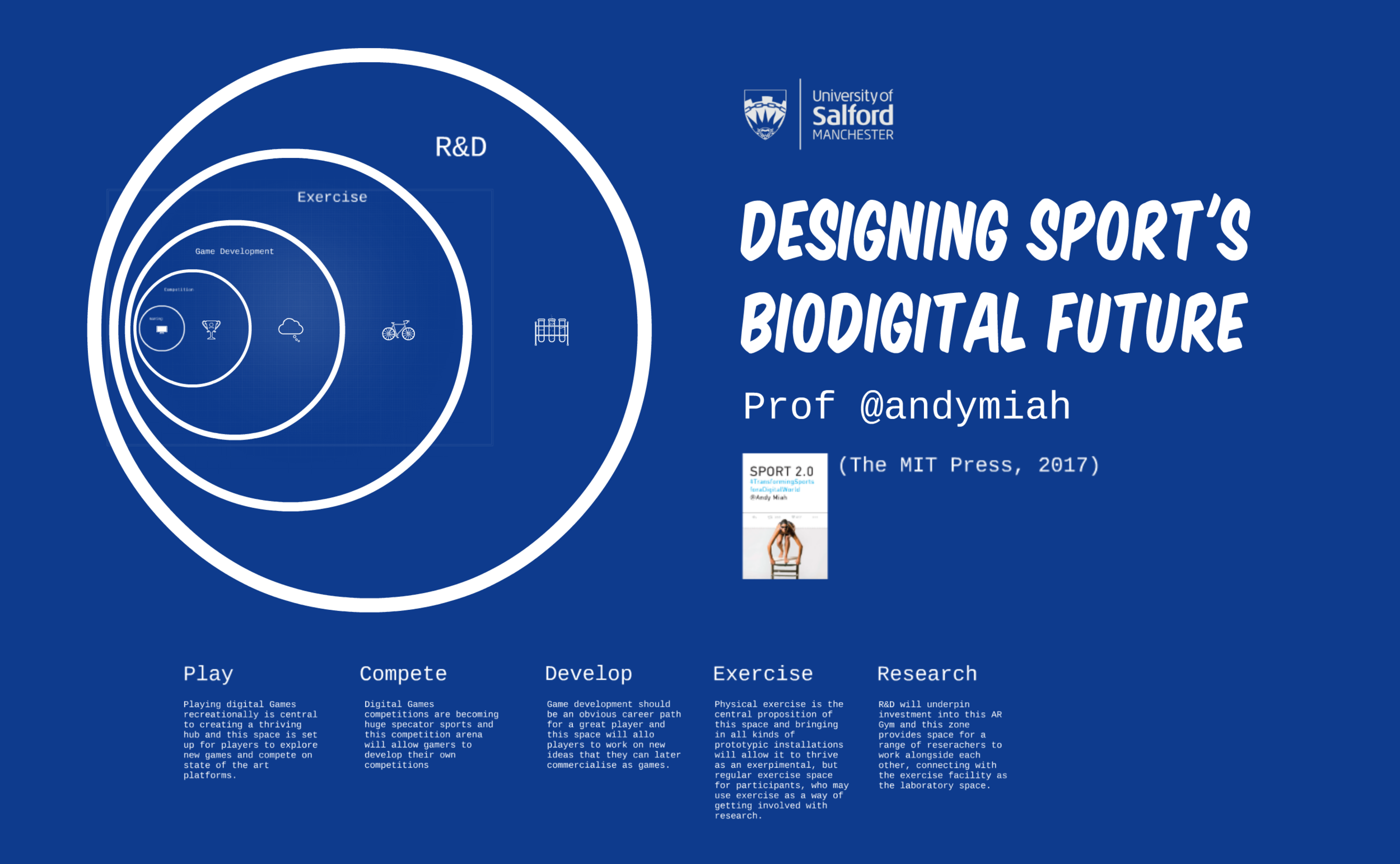
Designing Sport's BioDigital Future #DSI17
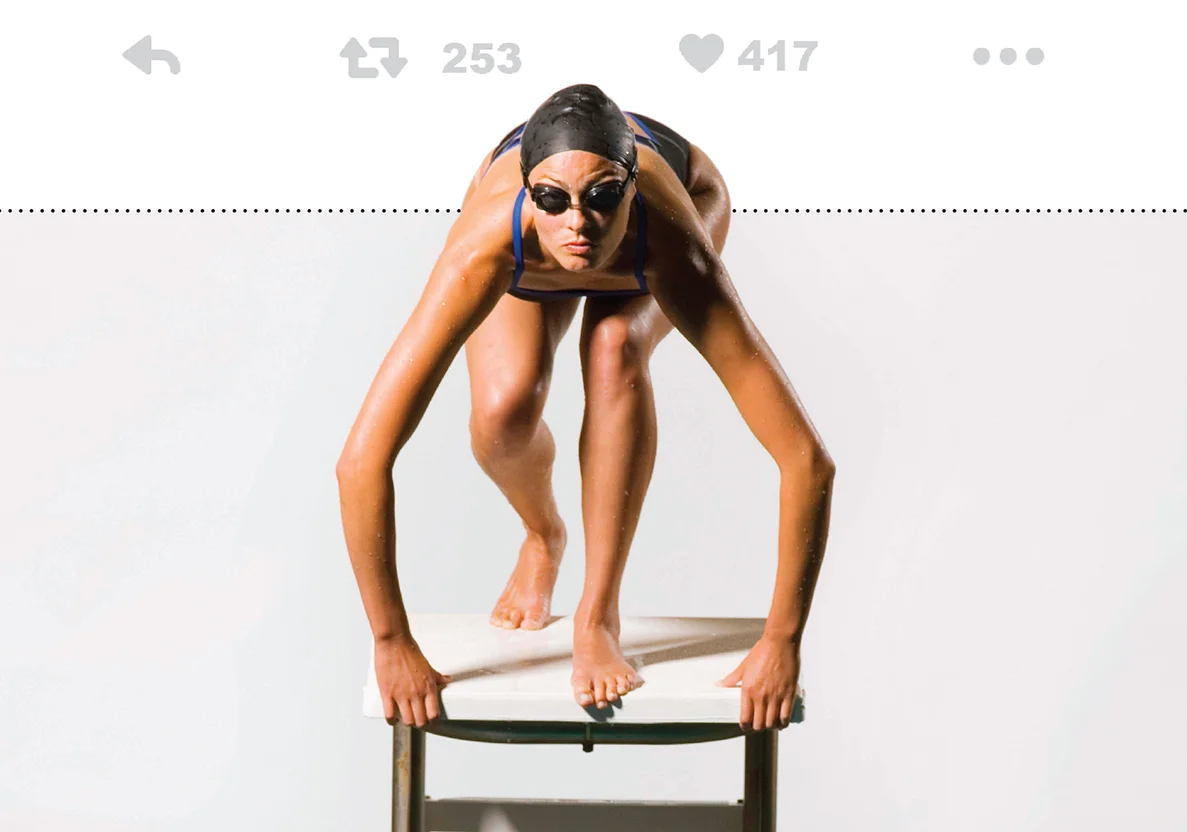
Sport 2.0 and the BBC Academy
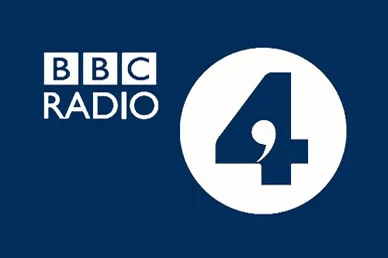
#FutureProofing on @BBCRadio4
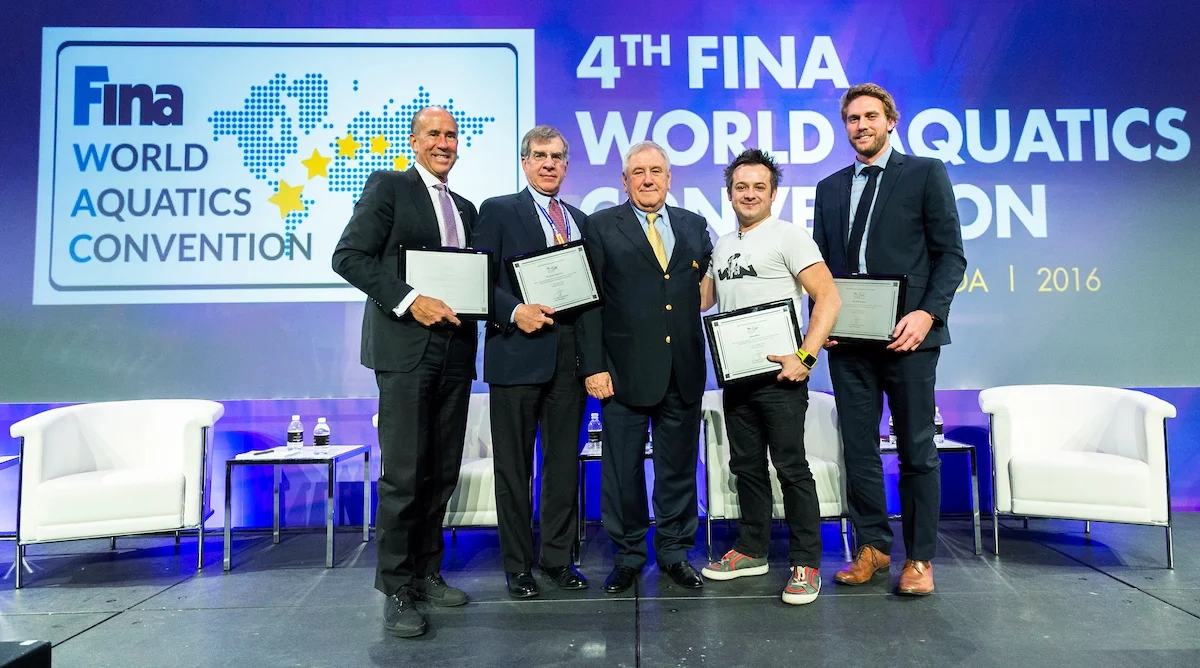
Sport 2.0 at the World Aquatics Convention #FWAC2016

Virtual Reality for Sport
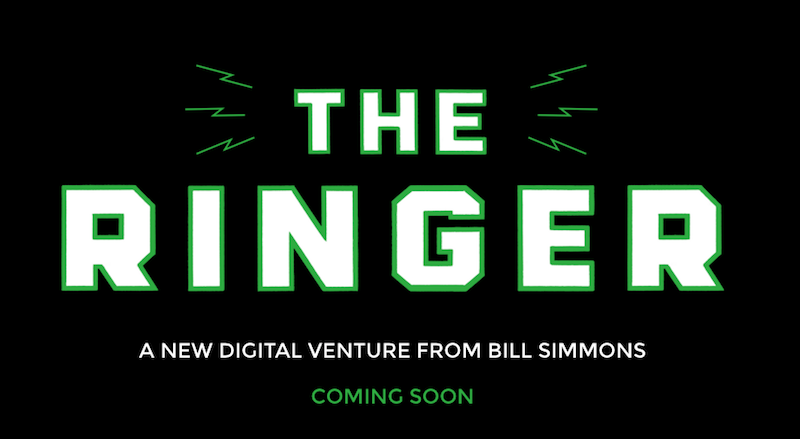
Neurodoping is the next big thing

Anti-Doping has a bigger problem than they realise

e-sport can drive digital innovation

Should blood doping be legal in sport

